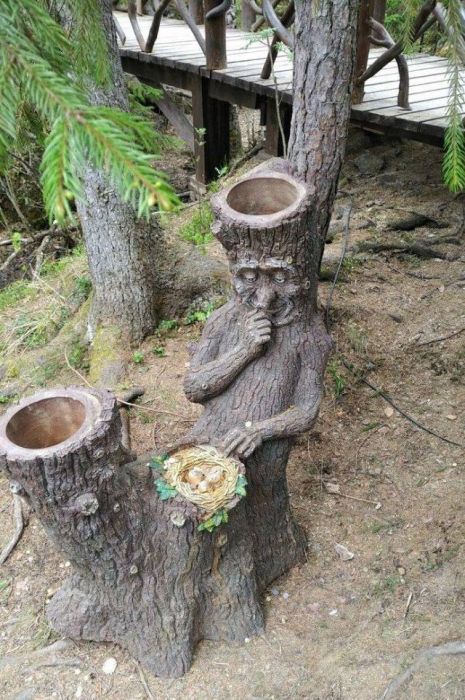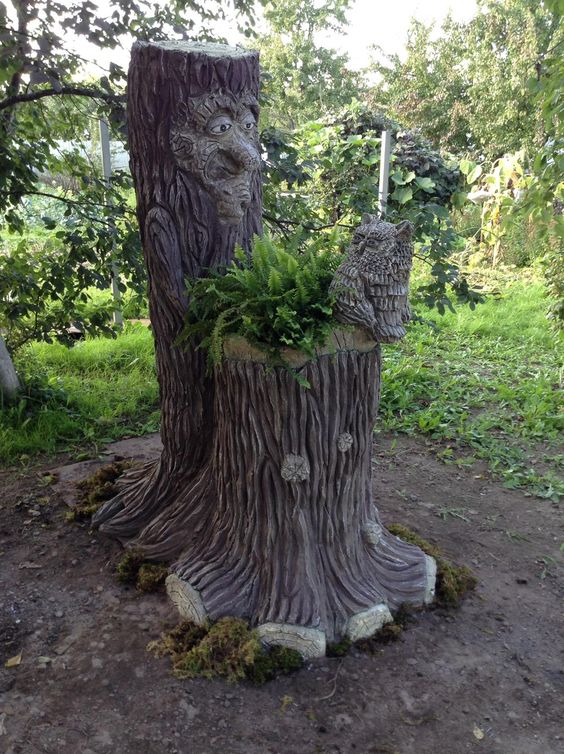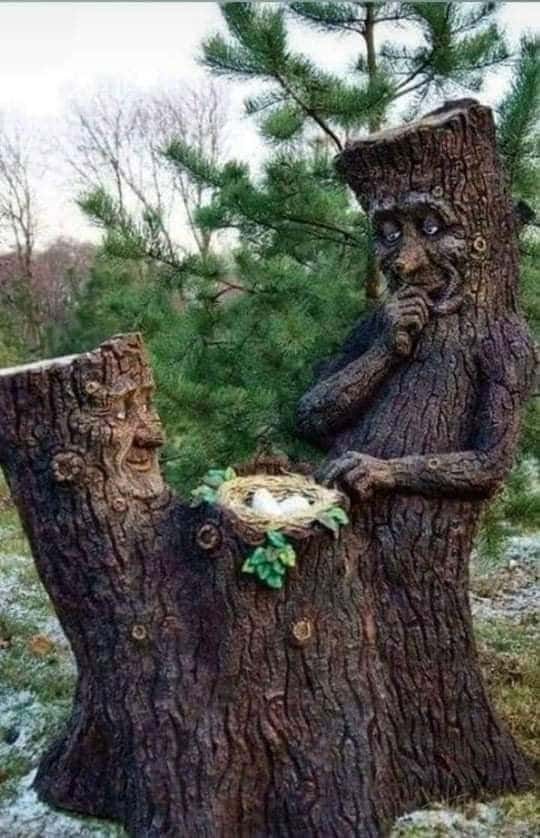Uniquely Shaped on the Trunk
Nature never ceases to amaze us with its myriad wonders, and one such marvel can be found in the diverse and fascinating shapes of tree trunks. While most of us are familiar with the typical cylindrical form of tree trunks, there are instances where trees exhibit uniquely shaped trunks that captivate the eye and stir our imagination.
One of the most remarkable examples of uniquely shaped trunks can be seen in the Baobab trees of Madagascar. These trees, also known as “upside-down trees” due to their peculiar appearance, boast thick, bottle-shaped trunks that taper towards the top. The Baobab’s unusual silhouette has led to various legends and folklore surrounding its origins. These magnificent trees not only serve as a striking sight in the landscape but also play an essential role in the ecosystem by providing shelter and sustenance to a variety of animal species.
Another intriguing tree with an unconventional trunk shape is the Dragon’s Blood Tree (Dracaena cinnabari) found on the Socotra Island in Yemen. The trunk of this tree resembles an umbrella turned inside out, with branches extending outwards and upward like the ribs of an open umbrella. Its distinctive shape is an adaptation to the harsh desert environment, allowing the tree to collect and direct moisture towards its roots. The Dragon’s Blood Tree gets its name from its crimson sap, which has been traditionally used for various purposes, including dyes, medicines, and varnishes.
The whimsical Baobab and the otherworldly Dragon’s Blood Tree are just two examples of how trees can deviate from the norm and take on extraordinary shapes. From contorted and twisted trunks to multiple trunks growing in a tangled embrace, nature offers a wide array of stunning forms. These unique tree trunks not only add aesthetic appeal to their surroundings but also remind us of the resilience and adaptability of nature.
Furthermore, these distinctive tree trunks serve as a testament to the remarkable diversity found in the plant kingdom. Each shape tells a story of the tree’s struggle for survival, its response to environmental conditions, and the forces of growth and decay that shape its form over time.
In addition to their visual appeal, uniquely shaped tree trunks have also inspired artists, poets, and writers throughout history. Their mesmerizing forms have been depicted in paintings, sculptures, and literature, capturing the imagination and sparking creative expression.
In conclusion, the world of trees is not limited to ordinary, straight trunks. Nature surprises us with its ability to mold tree trunks into extraordinary and captivating shapes. Whether it be the enchanting Baobab or the enigmatic Dragon’s Blood Tree, these unique forms remind us of the beauty, ingenuity, and resilience of the natural world that surrounds us. So, the next time you come across a tree with a uniquely shaped trunk, take a moment to appreciate the wonders of nature that unfold before your eyes.
Hits: 9









